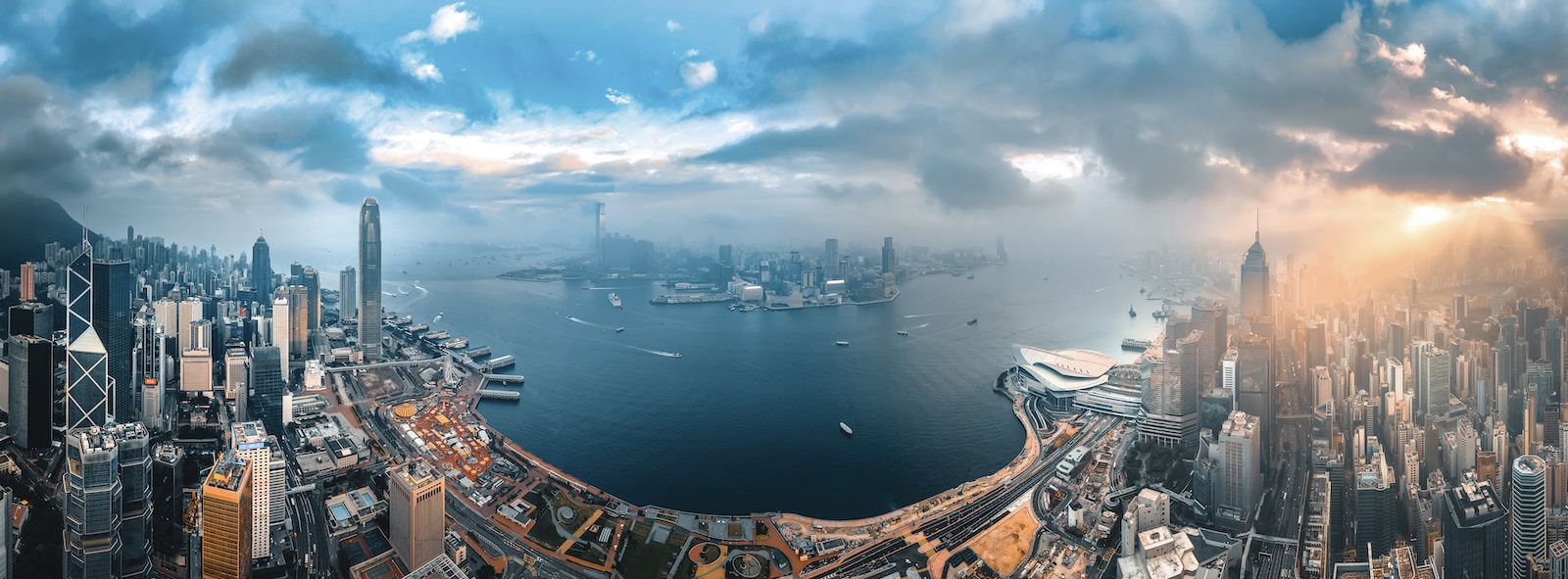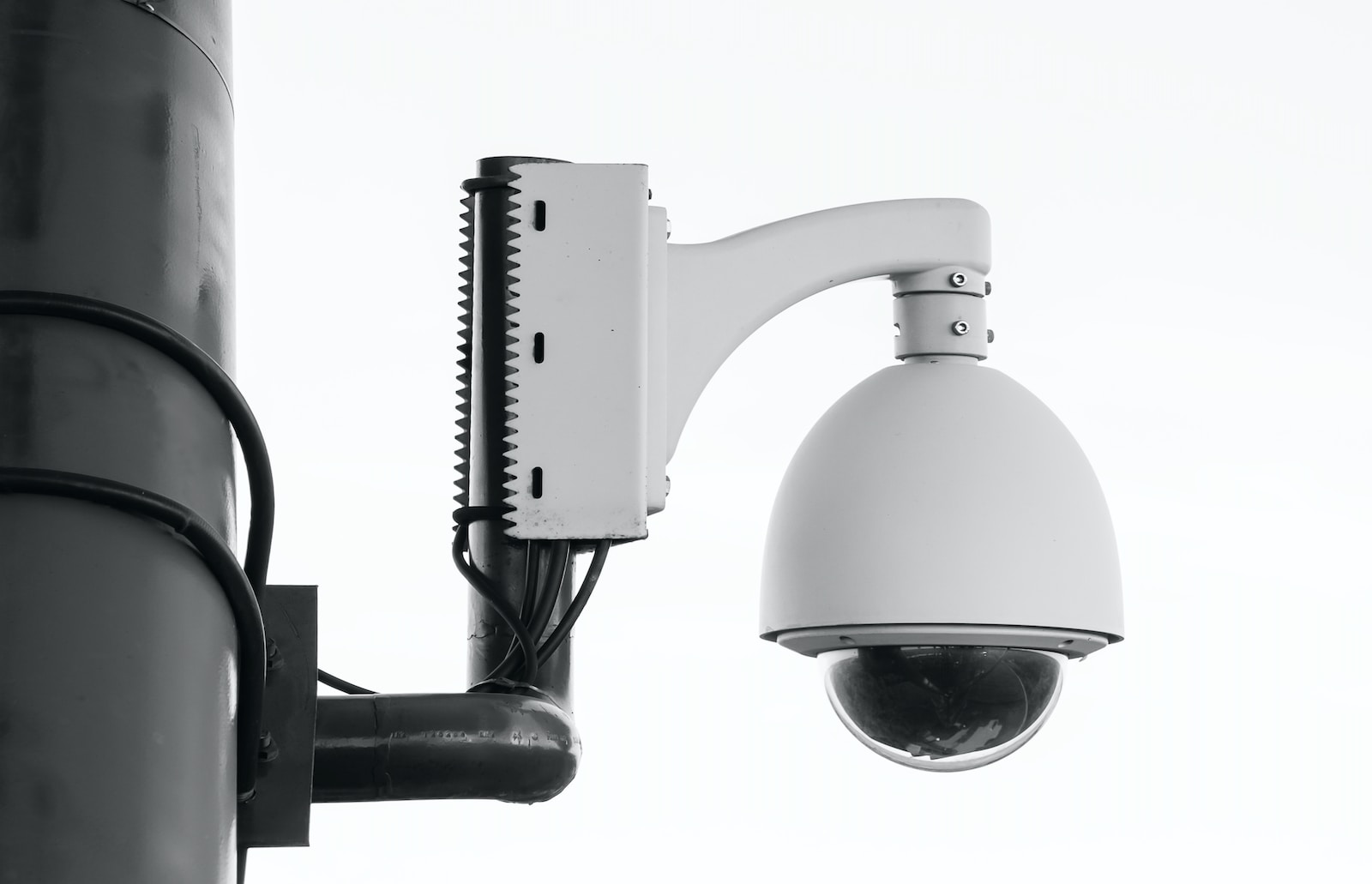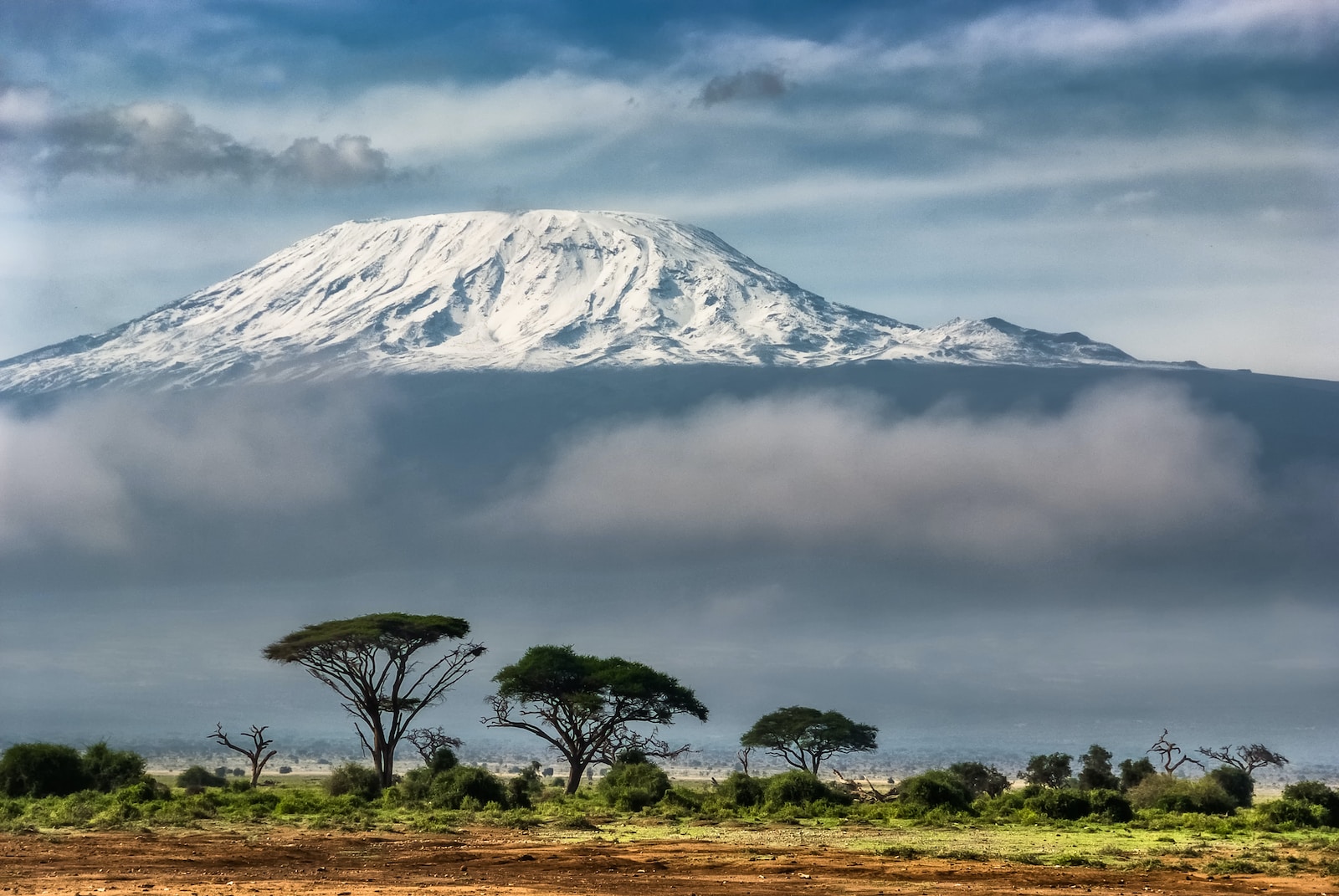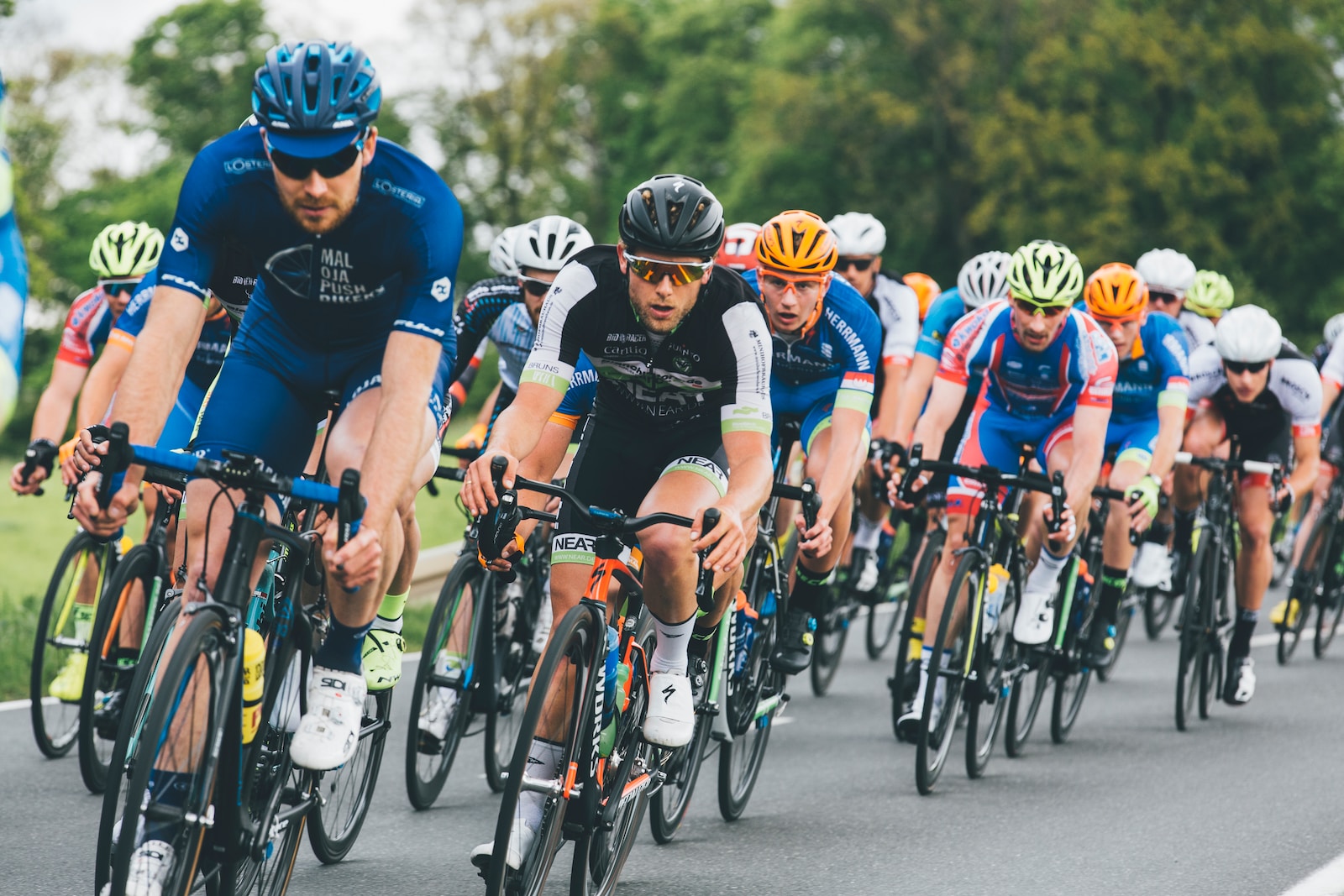Are you passionate about photography and intrigued by the world of panoramic cameras? If so, understanding the different types of film used in these cameras is essential for achieving the best results. In this informative analysis, we will delve into the various film types, explore their effects on the final image, and provide recommendations on which type works best for certain scenarios. Whether you’re a seasoned photographer or just starting your journey, this blog will equip you with knowledge that will take your panoramic photography to new heights.
Table of Contents
- The Magic of Panoramic Cameras
- Demystifying Film Types
- Finding the Perfect Match
- Mastering Panoramic Photography with Film Types
- Unleash Your Panoramic Potential
- Understanding Film Types for Panoramic Cameras
- Types of Film for Panoramic Cameras
- Choosing the Right Film for Your Scenario
- Frequently Asked Questions
- 1. What are the different types of film used in panoramic cameras?
- 2. What effects can film have on panoramic photography?
- 3. Which type of film works best for certain scenarios?
- 4. How can I determine which film type is right for me?
- 5. Are there any additional considerations when using film in panoramic cameras?
- Wrap Up
The Magic of Panoramic Cameras
The Allure of Panoramic Photography
Panoramic photography has a unique ability to capture vast landscapes and breathtaking cityscapes in a single frame. These wide-angle shots can transport viewers into the scene, immersing them in the beauty and scale of the subject. To achieve these awe-inspiring shots, one must master the art of panoramic photography, which starts with understanding the film types.
The Role of Film in Panoramic Cameras
Film acts as the canvas for capturing the world through the lens of a panoramic camera. It’s crucial to select the right type of film that complements your photographic goals and the conditions you’ll be shooting in. Each film type brings its own unique characteristics and qualities to the final image, allowing photographers to achieve diverse artistic effects.
Demystifying Film Types
Black and White Films
Black and white films have timeless appeal and can add a touch of nostalgia and drama to panoramic shots. These films excel in portraying high contrast scenes, capturing texture and detail with impeccable clarity. For urban cityscapes or moody landscapes, black and white films can bring a sense of timelessness and evoke emotion.
Color Negative Films
Color negative films are a popular choice among photographers seeking vibrant and true-to-life colors. These films offer a wide range of tones and hues, allowing for accurate depiction of scenes. Whether you’re capturing a stunning sunset or a lively street scene, color negative films bring out the richness of the colors, enhancing the overall impact of the image.
Slide Films
Slide films, also known as reversal films, are cherished by landscape photographers seeking heightened saturation and stunning contrasts. These films produce slides that can be projected onto a screen, allowing for an immersive visual experience. Slide films excel in capturing the vivid beauty of nature and are perfect for landscapes where vibrant colors take center stage.
Finding the Perfect Match
Consider the Lighting Conditions
The lighting conditions play a crucial role in determining the ideal film type for your panoramic camera. In low-light situations or when shooting at dusk or dawn, black and white films with higher ISO ratings can provide better results by maximizing the available light. On the other hand, color negative films perform exceptionally well in well-lit environments, capturing the vibrancy and natural tones of the scene.
Interesting fact: Did you know that the world's largest panoramic photo was created using a specialized panoramic camera and over 3,000 individual photos stitched together?
Consider the Subject and Atmosphere
The choice of film should also consider the subject and the desired atmosphere you want to convey. Black and white films can add a sense of mystery and timelessness to architectural structures, while color negative films can capture the energy and vibrancy of bustling city streets. For natural landscapes, slide films bring out the vividness of colors and create a heightened sense of immersion.
Experiment and Find Your Style
Ultimately, the choice of film type for your panoramic camera is a personal preference. It’s essential to experiment with different films, settings, and subjects to find your unique style. Every photographer has a distinct vision, so embrace the creativity and push boundaries to create breathtaking panoramic images that leave a lasting impression.
Mastering Panoramic Photography with Film Types
Understanding Film Characteristics
Mastering panoramic photography involves understanding the unique characteristics of each film type. From the tonal range and contrast to color rendition and grain, every film has its own qualities that can profoundly impact the visual storytelling of your images. Carefully selecting the film type allows you to control the narrative and unleash the full potential of your panoramic camera.
Adapting to Different Scenarios
As a panoramic photographer, you’ll encounter various shooting scenarios, from outdoor landscapes to indoor architecture. The adaptability of your chosen film type is crucial for ensuring consistent and impressive results across different environments. By familiarizing yourself with how different films respond to different lighting conditions and subjects, you can confidently adjust your techniques to achieve the desired outcome.
The Evolution of Panoramic Film
Over time, the world of panoramic film has evolved, with manufacturers constantly innovating to meet the demands of photographers. New film types with improved features and qualities are continuously emerging, providing more opportunities for creative expression. Stay up to date with the latest advancements in panoramic film technology to elevate your photography and remain at the forefront of this ever-evolving art form.
Unleash Your Panoramic Potential
Embrace the Journey
Exploring the world of panoramic photography and film types opens up a realm of artistic possibilities. With the right film, technique, and vision, you can capture breathtaking panoramas that transport viewers into awe-inspiring worlds. So, grab your panoramic camera, experiment with different film types, and embark on a journey of self-discovery that will unlock your creative potential in panoramic photography.
Understanding Film Types for Panoramic Cameras
Are you an avid film photographer? Do you enjoy the unique and breathtaking results that panoramic cameras can produce? If so, then understanding the different types of film used in panoramic cameras is crucial. In this article, we will explore the various film types, their effects, and which works best for certain scenarios.
The Importance of Film Choice
When shooting with a panoramic camera, the film type you choose can greatly impact the final outcome of your photographs. Different films have different characteristics, including color rendering, graininess, contrast, and sensitivity to light. By understanding these differences, you can make informed decisions and achieve the desired results in your panoramic shots.
The Advantages of Film Photography
Before we dive into the different film types, let’s take a moment to appreciate the benefits of film photography. Film’s inherent nature captures light in a unique way, resulting in a distinct and timeless quality that digital photography often struggles to replicate. With panoramic cameras, film can further enhance the immersive and wide-angle experience, allowing you to capture stunning landscapes and architectural marvels.
Types of Film for Panoramic Cameras
1. Color Negative Film
Color negative film is commonly used in panoramic cameras due to its versatility and wide exposure latitude. It produces vibrant colors, and the negative format allows for easy adjustments in printing or scanning. This film type is perfect for capturing landscapes, cityscapes, and other outdoor scenes with a wide range of lighting conditions.
2. Black and White Film
If you’re aiming for a classic, nostalgic, or dramatic look, black and white film is an excellent choice. It offers a timeless quality, emphasizes contrast, and allows for stunning details. With panoramic cameras, you can create breathtaking monochrome panoramas that evoke emotion and tell compelling stories.
3. Slide Film
Slide film, also known as transparency or reversal film, is popular among panoramic camera enthusiasts for its vibrant, saturated colors and high contrast. It produces positive images directly, without the need for additional processing. Slide film is ideal for capturing vivid landscapes, sunsets, and any scene where color accuracy and high impact are desired.
Choosing the Right Film for Your Scenario
Now that you’re acquainted with the different film types, how do you choose the right one for your scenario? Consider the lighting conditions, mood, and subject matter of your photographs. If you’re capturing a breathtaking sunset, slide film might be the best choice. For urban street photography, color negative film can enhance the vibrant city life. Experiment with different films to find the one that complements your vision.

Understanding the different types of film used in panoramic cameras is essential for any film photographer. By considering the characteristics and effects of color negative film, black and white film, and slide film, you can elevate your panoramic photography and create captivating visuals. So go ahead, grab your panoramic camera, choose the film that suits your scenario, and embark on an exciting photographic journey!
Frequently Asked Questions
1. What are the different types of film used in panoramic cameras?
There are several different types of film commonly used in panoramic cameras, including color negative film, black and white film, and slide film. Each type has its own unique characteristics and aesthetic qualities.
2. What effects can film have on panoramic photography?
The type of film used in panoramic cameras can have a significant impact on the final result of the photograph. Different films can produce variations in color saturation, contrast, grain, and overall image quality.
3. Which type of film works best for certain scenarios?
The choice of film depends on the specific preferences of the photographer and the desired outcome. Color negative film is versatile and well-suited for a variety of lighting conditions. Black and white film can create a timeless and dramatic effect, while slide film is ideal for capturing vibrant colors and high levels of detail.
4. How can I determine which film type is right for me?
The best way to determine which film type is right for you is to experiment and explore different options. Consider your subject matter, lighting conditions, and the desired mood or atmosphere you want to convey in your photographs. Ultimately, personal preference plays a significant role in choosing the right film for panoramic photography.
5. Are there any additional considerations when using film in panoramic cameras?
When using film in panoramic cameras, it is important to pay attention to factors such as ISO sensitivity, film speed, and proper exposure. Additionally, understanding the characteristics of the chosen film type will help in optimizing your results. Take the time to familiarize yourself with the specific film you are using and its unique characteristics.
Wrap Up
In conclusion, understanding the different film types for panoramic cameras is essential for any film photography enthusiast. Each film type offers unique characteristics and effects that can greatly enhance your panoramic images. By experimenting with different film types, you can add depth, richness, and emotion to your photos.
Remember to consider the lighting conditions and the desired mood of your image when choosing a film type. Whether you prefer the richness of color negative film, the sharpness of black and white film, or the unique tones of slide film, there is no right or wrong choice. It all depends on your personal style and the story you want to tell through your photographs.
We hope this analysis has provided valuable insights into the world of film types for panoramic cameras. Now it’s your turn! Have you tried using different film types in your panoramic photography? We would love to hear about your experiences and any additional tips you may have. Feel free to leave a comment below and keep the conversation going!



